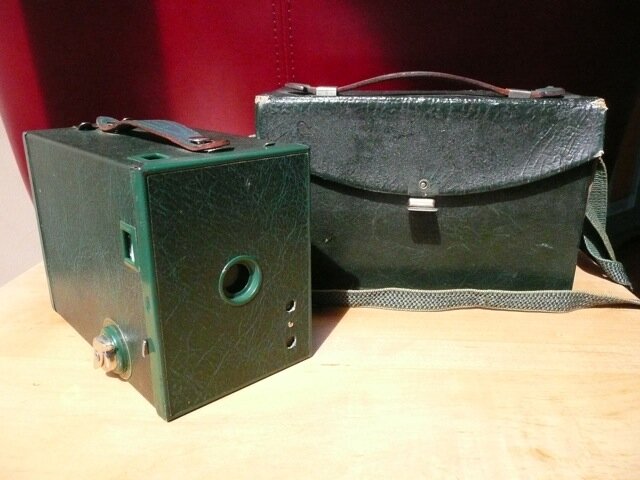Setting The Luck of the Buttons in 1929 gave me an excuse to peruse newspapers from that year. One of my most charming discoveries was The Brooklyn Standard Union. In the company of headlines like "Woman's Wit Foils Bandits After Payroll" and "Florence Berger Not Worried" I found this gem:
McGUINNESS After Park Rowdies Alderman Peter McGUINNESS is making good his threat to war on rowdies who visit the parks in Greenpoint. He has been seen strolling about the parks for several nights.
And from there, Goodhue's band of rapscallions, the Rowdies, were born. Luther Tingvold, Walter Williams, Bess McCrea, and Finn and Frankie Chacey mostly lump about parks and alleys looking tough but one never knows where they'll turn up or what their intentions may be.
Midwest readers, I will see you soon! Come hear more about Tugs, the Rowdies, and other Button tales in St. Paul at The Red Balloon on Saturday or in Iowa City at Prairie Lights on Sunday, 2pm both days.

